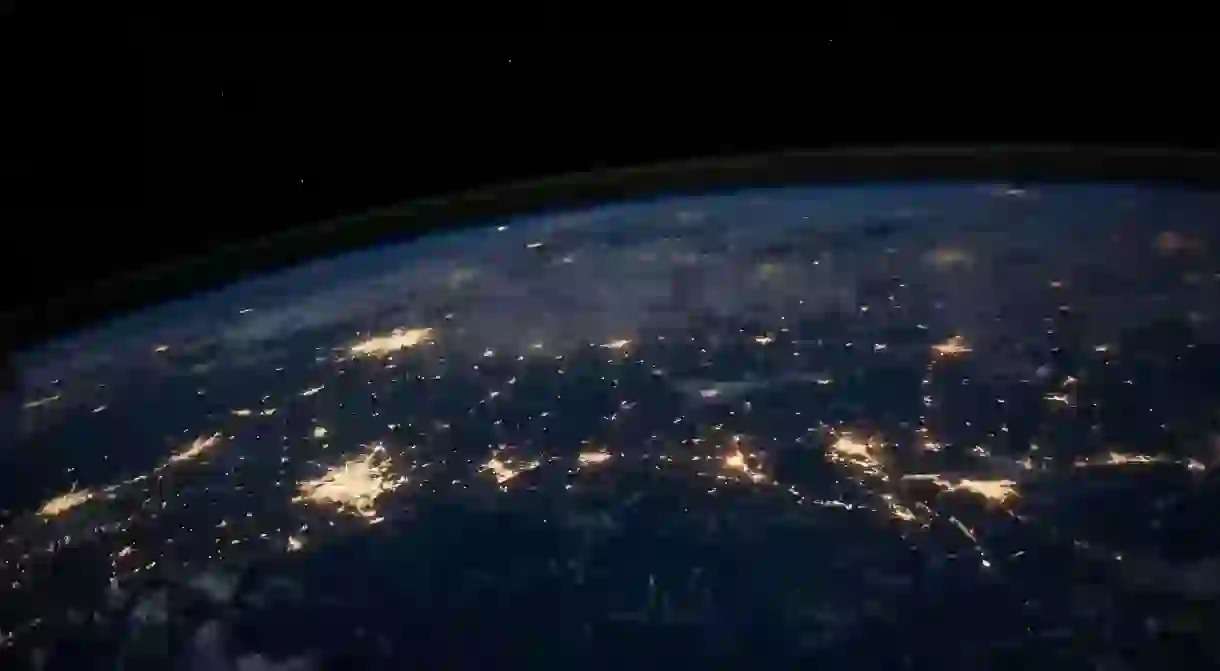Why Chinese Space Debris Shouldn't Worry You

At some point in April, possibly on the first day of the month, a Chinese space station, currently spinning out of control, will crash down to Earth and impact the planet at an undetermined location.
The Tiangong-1 space laboratory was launched in 2011, but five years later Chinese authorities admitted its systems were failing. Predictions suggest the plummeting space station could re-enter the Earth’s atmosphere around April 1, give or take 36 hours. The European Space Agency has predicted the station will crash between March 30 and April 2.
Scientists believe the space station could crash into the Earth’s atmosphere in a series of fireballs that could be visible in broad daylight. However, it’s not known where the space station will fall. Research group Aerospace Corporation has identified northern China, the Middle East, central Italy, northern Spain, northern states in the U.S., New Zealand, parts of South America, and Southern Africa as regions with a higher chance of seeing the space station collision. That clearly doesn’t narrow it down much, and only highlights the difficulty in predicting where it will land.
However, there seems to be little cause for concern for anyone living in those areas, or anywhere else. The Tangong-1, which translates as Heavenly Palace-1 in English, weighs 19,000 pounds and is around the size of a school bus, but will break apart when it enters the Earth’s atmosphere. The debris will be scattered along a path predicted by Aerospace Corporation to be 1,240 miles long, and 43 miles wide. Given the vastness of the planet, it means there’s quite a small chance someone will get hit by debris, and researchers believe you’re 1 million times more likely to win the Powerball jackpot in the U.S. than get smashed in the head by the plummeting space station.
There is more potential danger from people approaching the wreckage. Jonathan McDowell, an astrophysicist at the Harvard-Smithsonian Center for Astrophysics, told Space.com that a hazardous material called hydrazine could possibly be on pieces of the space station, although it’s likely it will burn up high in the atmosphere. “But just to be cautious, don’t handle the debris, keep people perhaps 100 yards away from it, and report it to local emergency services,” he said.
Having a space station fall from the Earth’s orbit is a scary prospect, but for most of us the biggest impact on our lives could be a light show in the sky, and an appreciation for the rigors of re-entry to our atmosphere.













